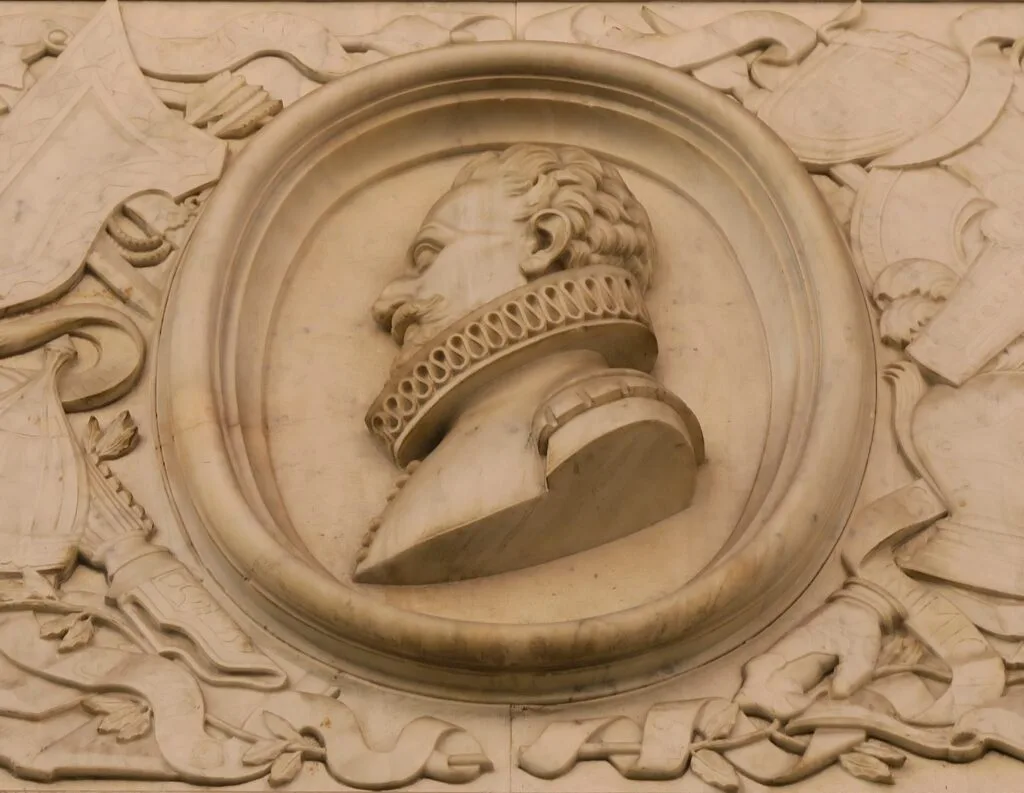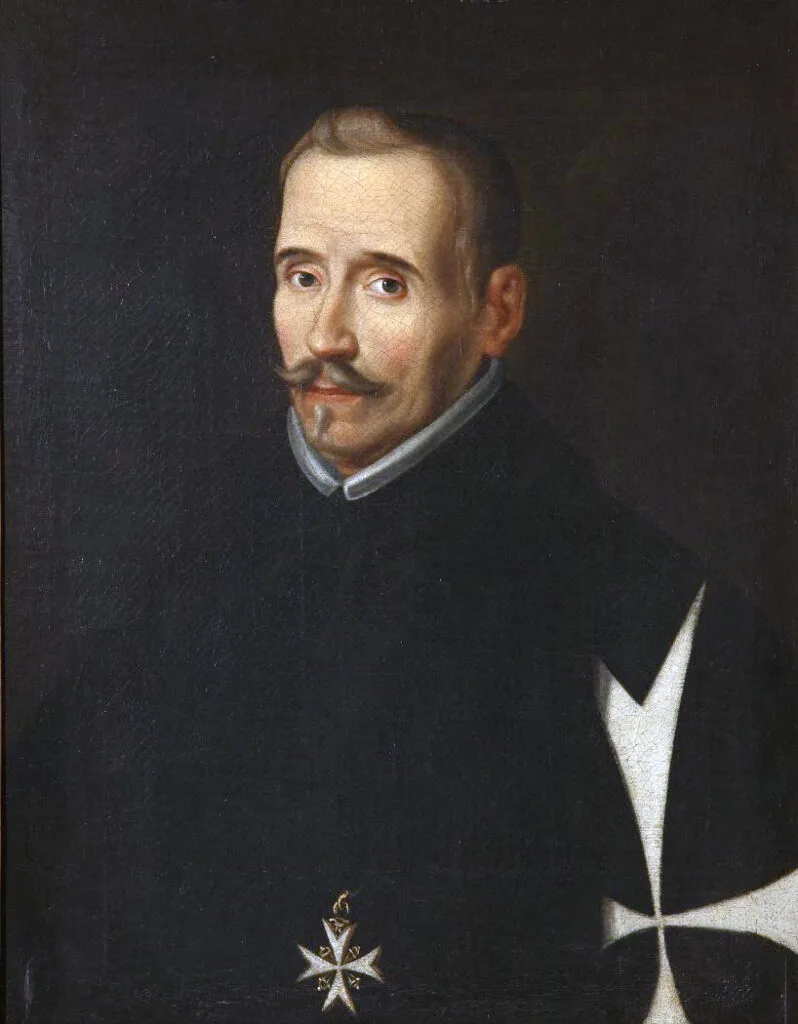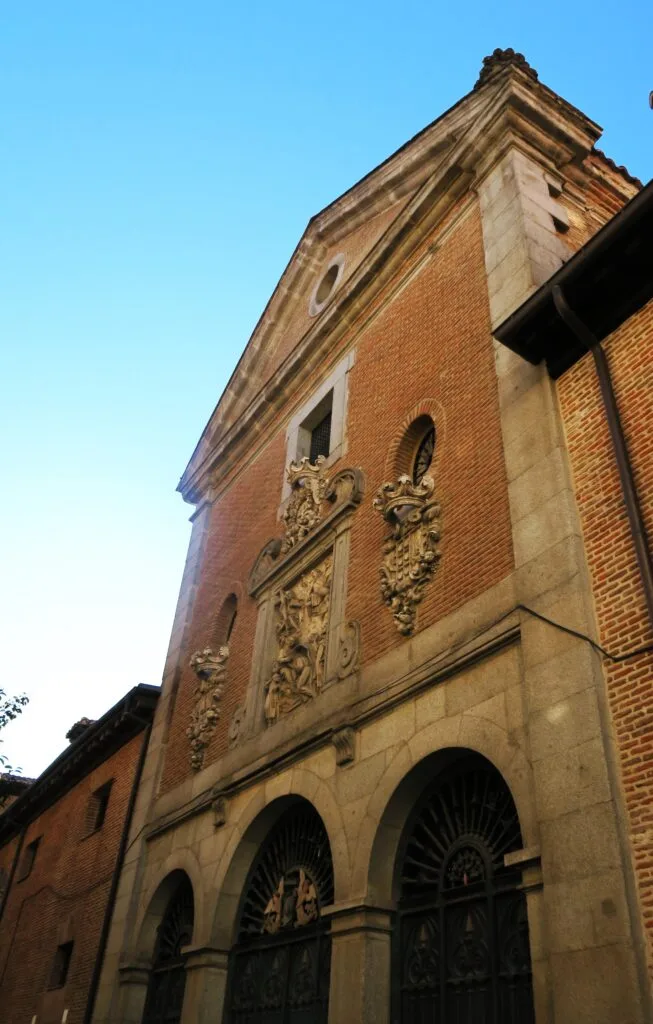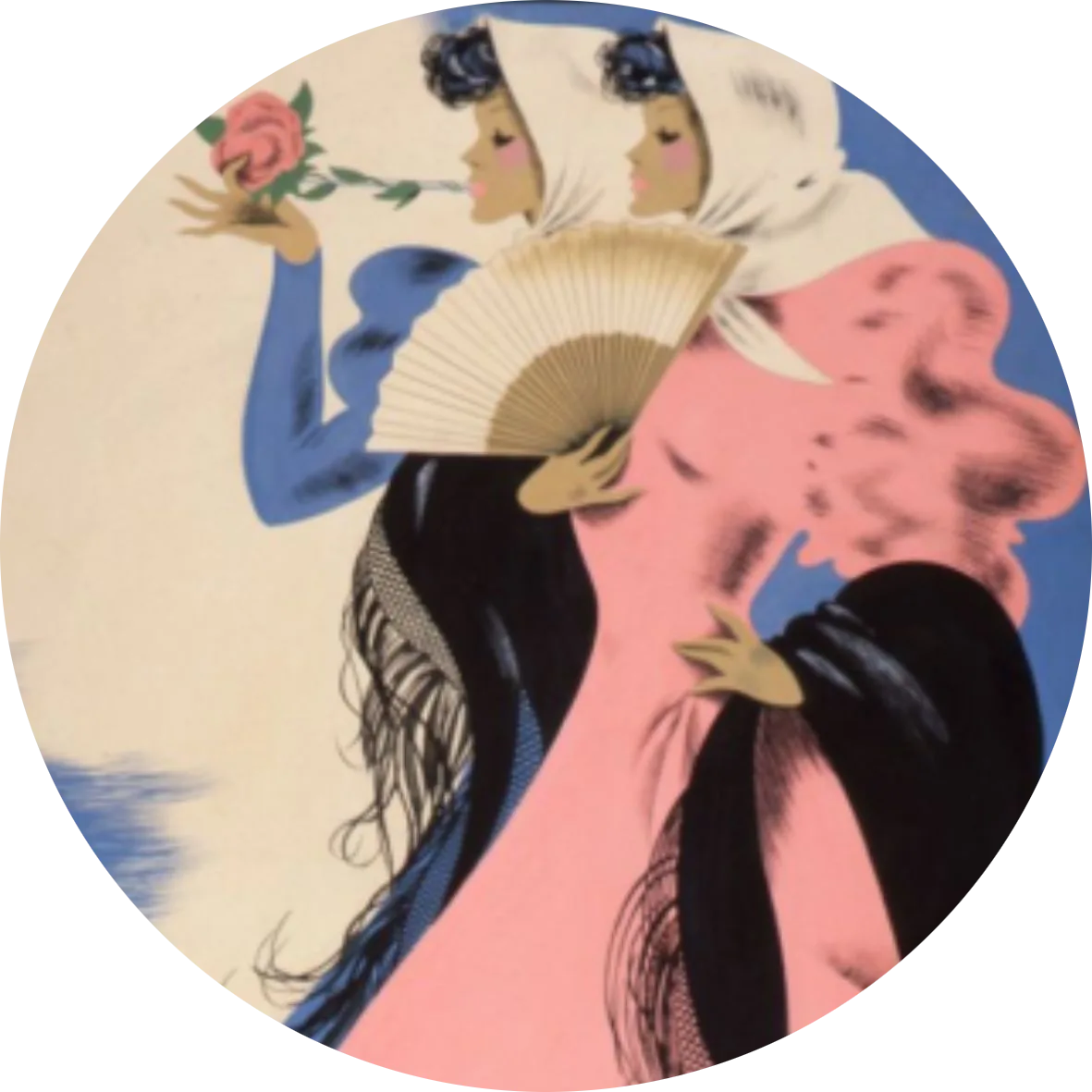The ultimate late bloomer
World Book Day on April 23 marks the date of Miguel de Cervantes’ death. The celebrated Spanish writer was the ultimate late bloomer. Even though he scribbled away for years, he didn’t find success until he was pretty long in the tooth. When I was writing my new book, a Guide to Madrid’s Literary District, I found the story of his chequered life inspiring. As an budding novelist myself, Cervantes’ journey from disgraced youth to elderly superstar author gave me hope that it’s never too late to find literary success!
Cervantes was born in 1547 into the impoverished hidalgo class, a kind of bankrupt nobility that had sprung up during the “Reconquista”. If you had a horse and armour, you got a title, which provided exemption from certain taxes and an improved social status. Understandable then that the young Miguel was drawn to the glamorous ideal of the chivalrous knight and like many men of his class, wanted to prove himself.

Deering do
Despite a ban on duels, armed brawls were a common occurrence in Madrid and Cervantes himself came a cropper after seriously wounding an opponent in a sword fight. According to a document discovered in the 19th century, he had seriously injured another man in a duel at the tender age of 21. He was to have his right hand cut off before being sent into exile for 10 years. To escape this punishment, he fled to Rome and signed up for the navy. A chance to redeem his name came during the Battle of Lepanto in 1571. Though sick with a fever, Cervantes went on deck to fight and received two wounds to the chest and another that rendered his left arm useless for the rest of his life. Clearly, karmic justice had been served!
But this was not the end of his problems. On their way home in 1575, he and his brother Rodrigo were captured by pirates and held for ransom. While his family was able to scrape the money together to free Rodrigo, there wasn’t enough left for Cervantes, who languished in captivity for nearly five years until the Order of the Trinitarians secured his release in 1580.

Plaque attached to the site where Cervantes’ house once stood by John Dapolito
Inglorious homecoming
He returned to Madrid rather more jaded than when he set out. And yet he still had ambitions. If he wasn’t fated to conquer the world with his sword, perhaps he’d have better luck with the pen? At this time, one literary art form had taken the capital by storm: the theatre. The hottest playwright in town was Lope de Vega. This young stud was the polar opposite of Cervantes. While nothing came easy for el manco de Lepanto (the one-armed man of Lepanto), Lope lived a charmed life. A precocious talent, popular with the ladies, Lope was able to read Latin from the age of five and penned his first play aged 12. Sickening!
The two literary giants first met in the house of a theatrical impresario named Velázquez (not the Velázquez). Cervantes, 15 years older than Lope de Vega, hoped to have one of his plays put on but he was turned down. We can well imagine how Cervantes felt on this occasion. The theatrical world was far more taken with the scribblings of a 20-something upstart than those of a broken-down 40-year-old veteran. Still, he swallowed his pride and, the first exchanges between the two were amicable. Agreeing to disagree over the necessity for realism in theatre – Lope de Vega preferring to give the public the escapism they demanded – they parted friends.

Betrayal
While Lope was popular his entire life, Cervantes didn’t hit it big until 57 when he penned his masterpiece, Don Quijote, a parody of antiquated notions of chivalry. Cervantes felt rightly proud of the achievement and delivered a proof of the manuscript to his old friend, hoping to get Lope de Vega’s stamp of approval, ensuring that his influential patrons in the nobility would take note. What happened next shocked Cervantes to the core. In a letter to a friend, Lope de Vega wrote the following:
“Of poets I do not say: this is a good century! Many are in the making for the coming year. But there is none so bad as Cervantes; nor so foolish as to praise Don Quijote.”
Did Lope de Vega realize the book would be an instant hit and feel threatened by the success of a “friend” he had always considered beneath him? Luckily, Don Quijote was a smash hit when it was published in 1605. A meditation on the lunacy Cervantes witnessed at the time, his words still ring eerily true to this day:
“When life itself seems lunatic, who knows where madness lies? Perhaps to be too practical is madness. To surrender to dreams – this may be madness. Too much sanity may be madness – and maddest of all: to see life as it is, and not as it should be!”
Freak of nature
Cervantes, now approaching 60, could finally dedicate himself to writing a sequel, which came out in 1615. However, he hadn’t forgotten Lope de Vega’s slight. In the same year, he brought out Eight Comedies and Interludes in which he struck back, calling Lope de Vega a “monstruo de la naturaleza ” (a freak of nature). This barbed compliment, of course, was a reference to Lope de Vega’s uncanny ability to produce huge quantities of prose.
While Cervantes could never match Lope de Vega in output – the playwright wrote around 500 plays during his lifetime – he would become the most renowned writer in Spanish history, fulfilling his destiny as the ultimate late bloomer. Ironic then that when you stroll around the streets of Barrio de las Letras, you’ll find Lope de Vega’s house still standing, while Cervantes’ former abode, long since demolished, is only marked by a plaque.

Cervantes’ bones, too, have received rough treatment over the years. While we know they are in the Convento de las Trinitarias Descalzas (Convent of the Barefoot Trinitarians), run by the religious order that paid his ransom back when he was captured by pirates, the bones of the illustrious author were misplaced and then muddled up with others when the convent was rebuilt. In 2015, a casket was found with the initials MC on it; unfortunately, it contains bones from several different corpses and Cervantes’ are impossible to identify. Adding insult to injury, this convent is now on Calle Lope de Vega. Luckily, some wag in town planning has evened the score by naming the street Lope de Vega’s house stands on as Calle Cervantes!
If you’re interested in finding out more about the writers of Barrio de las Letras, why not come to the launch event for my book A Guide to Madrid’s Literary District at Secret Kingdoms on Saturday 20 April 8pm. The artwork for this book is by Nathan Brenville, as is the portrait of Cervantes at the top of this post!





